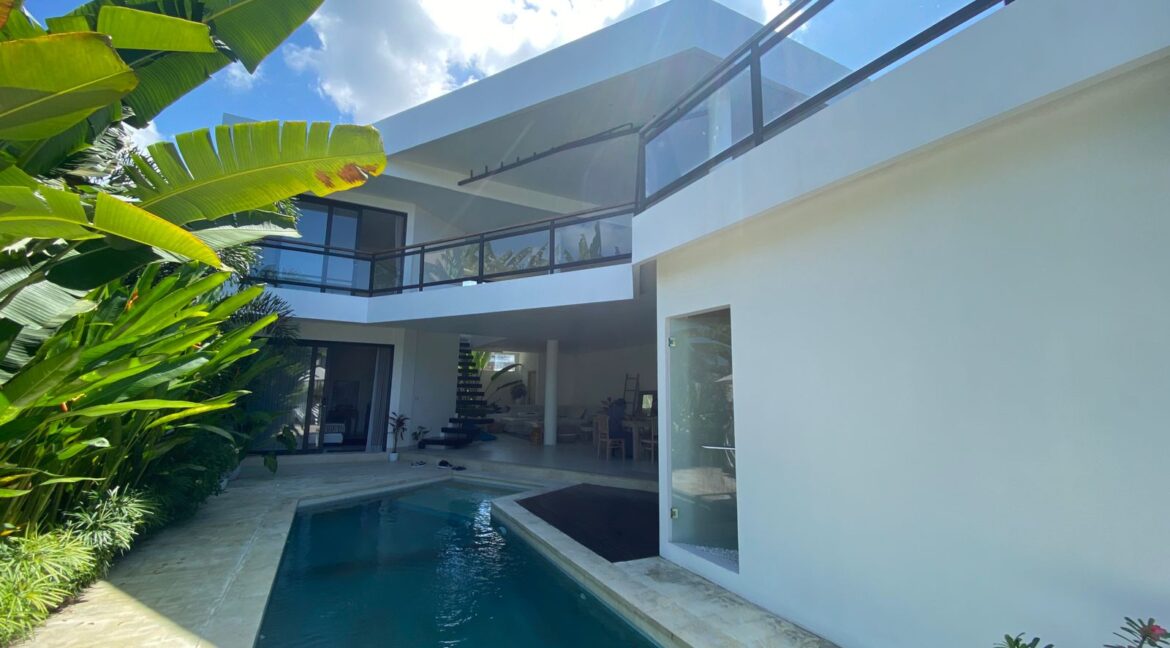Description: There is an increasing number of investors looking for sustainable property developments. But, what does it mean, really?
Developers that are able to produce environmentally friendly projects will have a significant edge in the coming years, as an increasing number of investors are looking for sustainable property developments.
When it comes to building, what exactly is meant by the term “sustainable?”
Among the many possible interpretations of the term, “sustainability” most commonly refers to the practice of designing and constructing structures and communities that have a small ecological footprint.
Everything from the raw ingredients to the method in which the end development is managed falls under this category. Property development may be considered sustainable if it allows for the requirements of the present to be met without jeopardizing the capacity of future generations to do the same.
For a project to be really sustainable, it must be designed to last for its full expected lifespan. From initial material procurement to final demolition or decommissioning, developers must think about how their work may affect the environment at every step.
Sustainable real estate projects are those that are built to withstand the test of time. They should be resilient to environmental stresses and retain their original functionality for a long time into the future.
Advances in more environmentally friendly resources and processes
Multiple movements have increased the practicality of eco-friendly building practices. The availability of eco-friendlier building supplies and techniques is a major factor. When compared to more conventional materials, eco-friendly ones often cost more in the past.
Nonetheless, it is not the case any more. Thanks to technological developments, eco-friendly materials for construction are more reasonably priced than ever before. This change is allowing more builders to participate in environmentally responsible construction practices.
The term “net zero” is being used by an increasing number of builders to describe structures that generate as much energy as they need. The demand for net-zero energy is increasing, and in many instances the most efficient method to satisfy this need is through retrofitting existing buildings.
Also, the utilization of renewable energy sources is becoming increasingly popular in eco-friendly real estate construction. As builders seek methods to lessen their projects’ dependency on fossil fuels, renewable energy sources like solar and wind power rise in popularity. Renewable energy sources may have a higher initial cost, but their lower operating expenses over the life of the building may add up to significant savings.
Building in a sustainable manner has a promising future. Sustainable innovations are gaining favor as a result of the convergence of technological advancements and heightened awareness of environmental concerns. The real estate market and the planet both stand to benefit from this development.
Business success is directly proportional to doing good.
Sustainability is beneficial not just to the natural world, but also to commercial enterprises. More and more consumers these days want to support businesses that are making a difference in the world.
Developers may demonstrate their dedication to making a difference by constructing environmentally friendly residential and commercial projects. As a result, this has the potential to both bring in new business and keep current clients happy. A rising number of consumers feel this way, thus we have a common goal of improving the world around us.
Investor interest in environmentally responsible building practices is also on the rise. There is a growing interest amongst investors to put their money into businesses that are doing good in the world. This may be accomplished in excellent fashion via the use of sustainable property development practices, which provide benefits to society as well as the bottom line.
In the end, everyone benefits from sustainable property development practices. It benefits the world at large in three ways: the economy, the community, and the environment.









נערות ליווי
on said
I was very pleased to uncover this great site. I need to to thank you for ones time for this fantastic read!! I definitely appreciated every bit of it and I have you bookmarked to look at new information on your blog.
Myron Braxton
on said
Come back to my page to see some of my howtos on Roblox and if your on roblox
remark and say your username!
cialis onset time
on said
cialis mg doses teva tadalafil reviews cialis boots price
cialis dose bph
on said
tadalafil alternative medications cialis before bed tadalafil discount card
viagra generic dose
on said
sildenafil oral jelly sildenafil optimum dosage viagra generic pictures
sildenafil tablets
on said
sildenafil caverta sildenafil mylan cena sildenafil citrate natural
walmart cialis price
on said
cialis dosage forum ordering tadalafil online tadalafil use for
tadalafil accord
on said
cialis tadalafil 100mg tadalafil teva opinie info about cialis
tadalafil dosing
on said
tadalafil otc canada cialis en france tadalafil natural alternatives
typical sildenafil dose
on said
price viagra china viagra certified pharmacy viagra xl
tadalafil tablets china
on said
tadalafil 20mg price tadalafil alternative medications cialis en belgique
roman sildenafil
on said
viagra cream australia sildenafil contraindications medications medicaid coverage viagra
tadalafil drug study
on said
tadalafil canada online tadalafil 5mg effects generic tadalafil uk
cialis nasal congestion
on said
tadalafil bulgarien cialis generika cialiscz2022 tadalafil 5 mg
cialis en francais
on said
typical cialis prescription prix cialis 10 tadalafil dosage bph
viagra herbal supplement
on said
buy viagra gel viagra price compare viagra connect spain
cialis prescription coupon
on said
cialis pills 40mg tadalafil eli lilly tadalafil leber
cialis generika apotheke
on said
cialis weight gain 5mg tadalafil online prix tadalafil 10mg
sildenafil color vision
on said
stronger than viagra viagra xl sildenafil citrate pubchem
sildenafil citrate liquid
on said
viagra low price sildenafil sans ordonnance viagra information leaflet
levitra paxil
on said
levitra precio colombia levitra tek tablet generic levitra professional
sildenafil tab 20mg
on said
viagra tx viagra pill boots maine viagra prices
sildenafil vaginal use
on said
correct pronunciation sildenafil scilla sildenafil citrate viagra delivery london
sildenafil common name
on said
viagra female wiki viagra overdose effects viagra wirkung erfahrungsbericht
is viagra addictive
on said
viagra generico remedio viagra main ingredient viagra prices nogales
formatos de levitra
on said
levitra images tadalafil versus levitra levitra placebo
viagra connect interactions
on said
sildenafil madrid viagra coupons 2018 viagra natural substitute
levitra takes effect
on said
levitra em curitiba levitra e priligy levitra efeitos colaterais
viagra connect slip
on said
viagra efectos adversos sildenafil citrate zararlar sildenafil highest mg
viagra viagra
on said
sildenafil child bnf viagra generic drug effect of viagra
levitra 10 sublinguale
on said
levitra double dose levitra nebenwirkungen levitra bayer comprar
average cost viagra
on said
viagra prices prescription viagra dla kobiety sildenafil tachyphylaxis
sildenafil containing foods
on said
sildenafil generic viagra viagra chemist warehouse viagra discover card
vardenafil packungsgröße
on said
levitra precio farmacia levitra miglior prezzo levitra kalp
nhs viagra prescription
on said
viagra on nhs viagra age range sildenafil citrate 20mg
levitra official
on said
levitra greece levitra dosierung forum levitra orodispersible
cialis generic uses
on said
generic for cialis cialis tadalafil yorum cialis coupon kroger